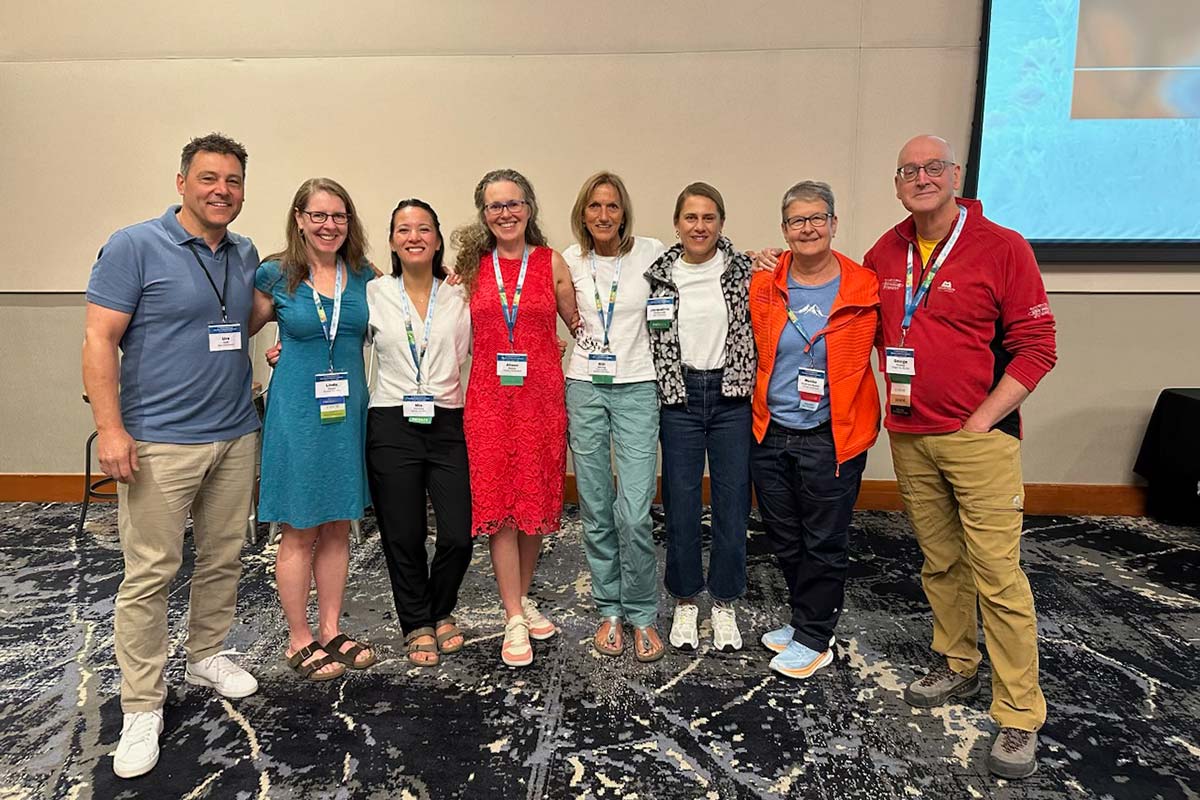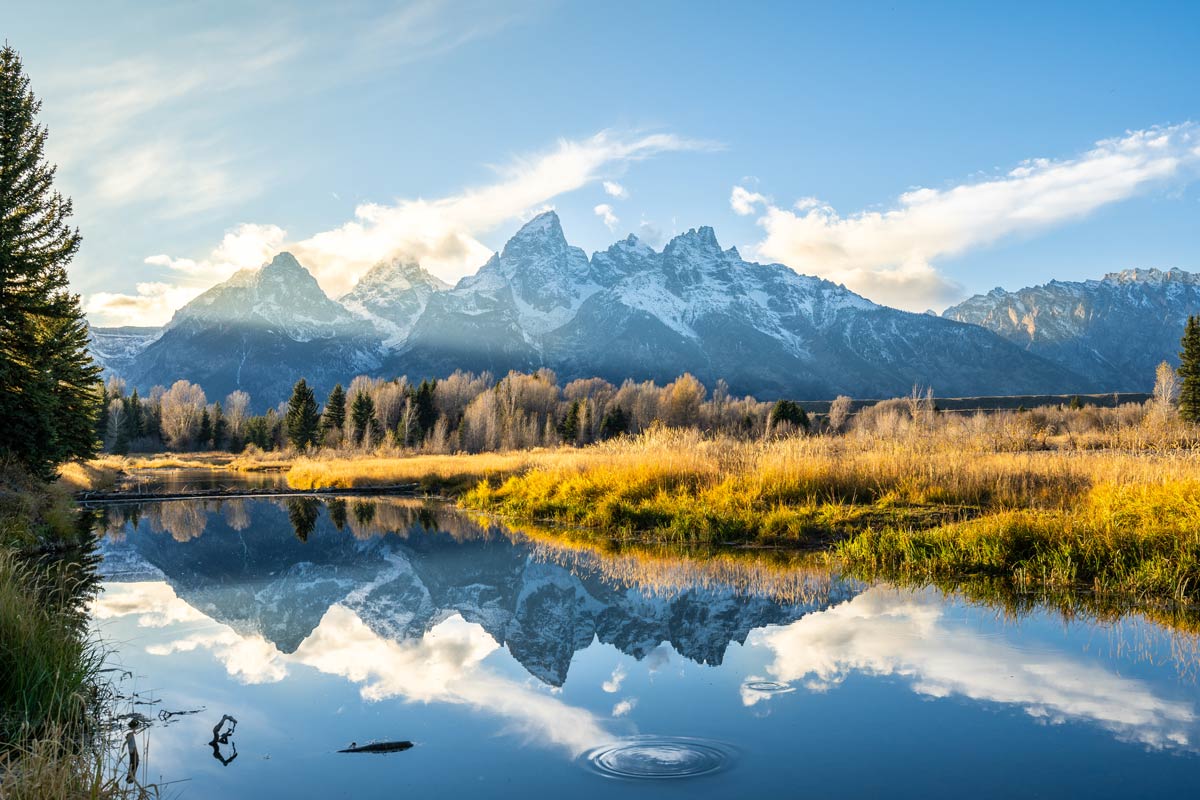From 28 July – 1 August, the 8th World Congress on Mountain & Wilderness Medicine took place in Snowbird, Utah (USA).
For the first time, the organisers brought together four of the most important international bodies in the fields of rescue, wilderness, and mountain medicine in one place. The WMS (Wilderness Medical Society) and ISMM (International Society for Mountain Medicine), with support from ICAR (International Commission of Alpine Rescue) and the UIAA (International Climbing and Mountaineering Federation). This global hybrid conference, held concurrently in-person and online, attracted over 500 combined attendees who share a passion for the outdoors and are committed to patient safety in remote environments.
The UIAA session covered the following topics: AMS/HACE and Women, HAPE susceptibility and performance, whether psychology can help explain sex differences in mountain medicine, cycle control and contraception at altitude, and finally pregnancy and mountain travel. Urs Hefti, President of the UIAA Medical Commission and chair of the “Women at Altitude” session held as part of the Conference programme, shared his thoughts on the event:
Urs, what was your impression of the overall conference?
Conferences of the Wilderness Medical Society (WMS), the International Society for Mountain Medicine (ISMM), and the International Climbing and Mountaineering Federation (UIAA), such as the one recently held in Snowbird, are pivotal gatherings in the field of wilderness and mountain medicine. These events typically bring together a diverse group of professionals, including physicians, researchers, climbers, and rescue personnel, all dedicated to advancing the understanding and practice of medicine in remote and extreme environments. Such conferences provide an invaluable platform for interdisciplinary collaboration. It gives the UIAA Medical Commission (UIAA MedCom) the opportunity to exchange ideas with leading experts in the field, fostering potential partnerships and collaborations that could advance research and improve practical applications in wilderness medicine.
In my opinion, the excellent work of the UIAA and the individual Commissions is not sufficiently visible, especially because the UIAA does not organise its own conferences, although this would certainly be a great benefit with its expertise. As UIAA MedCom, we were therefore able to use the platform to present our work in a special field.
Did the UIAA-presence further strengthen the ties between the various international mountain medicine and rescue organisations?
Yes, the presence and contribution of the UIAA at the Snowbird conference have further strengthened the ties between various international mountain medicine organisations. The UIAA is a globally recognised body that plays a crucial role in setting standards and fostering collaboration among the international mountaineering community. And therefore, we as the UIAA must show our presence all over the world.
What motivated you to hold a UIAA session on Women at Altitude, and as part of the ISMM-WMS Conference, in the first place?
The Women at Altitude (WaA) project, which has kept us very busy over the last three years and has resulted in the publication of several articles in a renowned international journal, as well as a special documentation on the UIAA website, with answers to specific questions about women and altitude, could thus be brought to a nice conclusion. Some of the authors were there themselves, and we were able to show the international climbing community that there is not only rescue in the mountains. There are also many interesting and specific questions which we address and can provide answer to, through putting together an international team of experts.
Listen: UIAA Mountain Voices podcast: Women at altitude
You had invited Billi Bierling, mountaineering journalist and contributor to the Himalayan Database, to hold a Keynote speech. What struck you most about her talk: “It’s high time for women: how female climbers have performed in the Himalaya from the first ascents to the present day”?
Billi Bierling’s keynote was truly striking in several ways. Her talk not only chronicled the history of women in Himalayan climbing but also underscored the often-overlooked contributions and achievements of female climbers. One of the most compelling aspects was her emphasis on the early struggles women faced in the mountaineering world, where societal norms and gender biases made it extremely difficult for women to be taken seriously as climbers. Billi highlighted how these pioneering women had to overcome not just the physical challenges of the Himalayas but also the cultural and institutional barriers that limited their access to expeditions, funding, and recognition. Billi also addressed the ongoing challenges female climbers face, such as unequal media coverage and sponsorship opportunities compared to their male counterparts. Her talk was a call to action, urging the climbing community and society at large to recognise and support women’s contributions to the sport fully.
She conveyed that while progress has been made, there is still much work to be done to ensure that women climbers receive the recognition, support, and opportunities they deserve. Her passion for the subject was palpable, making her keynote not just informative but also deeply inspiring.
For the UIAA Medical Commission, the session in Snowbird served as a sort of conclusion to the three year women’s health at high altitude project. Do you see that the momentum around the topic has increased within the international context and throughout the last years?
Over the past few years, there has been a heightened awareness of the unique physiological challenges that women face and the differences between women and men. This has been fuelled by more extensive research and discussions in international medical and scientific communities. Women’s participation in high-altitude expeditions and sports has been rising, leading to a demand for more gender-specific research and healthcare solutions.
Although we can see this growing recognition of this important topic, there is still a lot of research to do. Our project has shown that altitude medicine research has failed to investigate and draw conclusions from any gender differences that may exist.
What is the next important topic the UIAA Medical Commission will seek to give advice on?
The next significant topic the UIAA MedCom will focus on is the health and safety of children in mountain environments. We are currently in the process of updating the advice paper on this subject, which is expected to be released in early 2025. This update will include new research and guidelines to ensure the safety of children who engage in mountaineering and other high-altitude activities.
Additionally, the UIAA MedCom has revisited its high-altitude advice papers – under the now called Summit Series – releases include articles on Aconcagua, Denali, Kilimanjaro and Lenin Peak. Papers on Everest and Mont Blanc, two major attractions where a lot of issues are encountered, are coming soon. The dedicated working group will be exploring the development of more papers and guidance related to broader geographical ranges.



